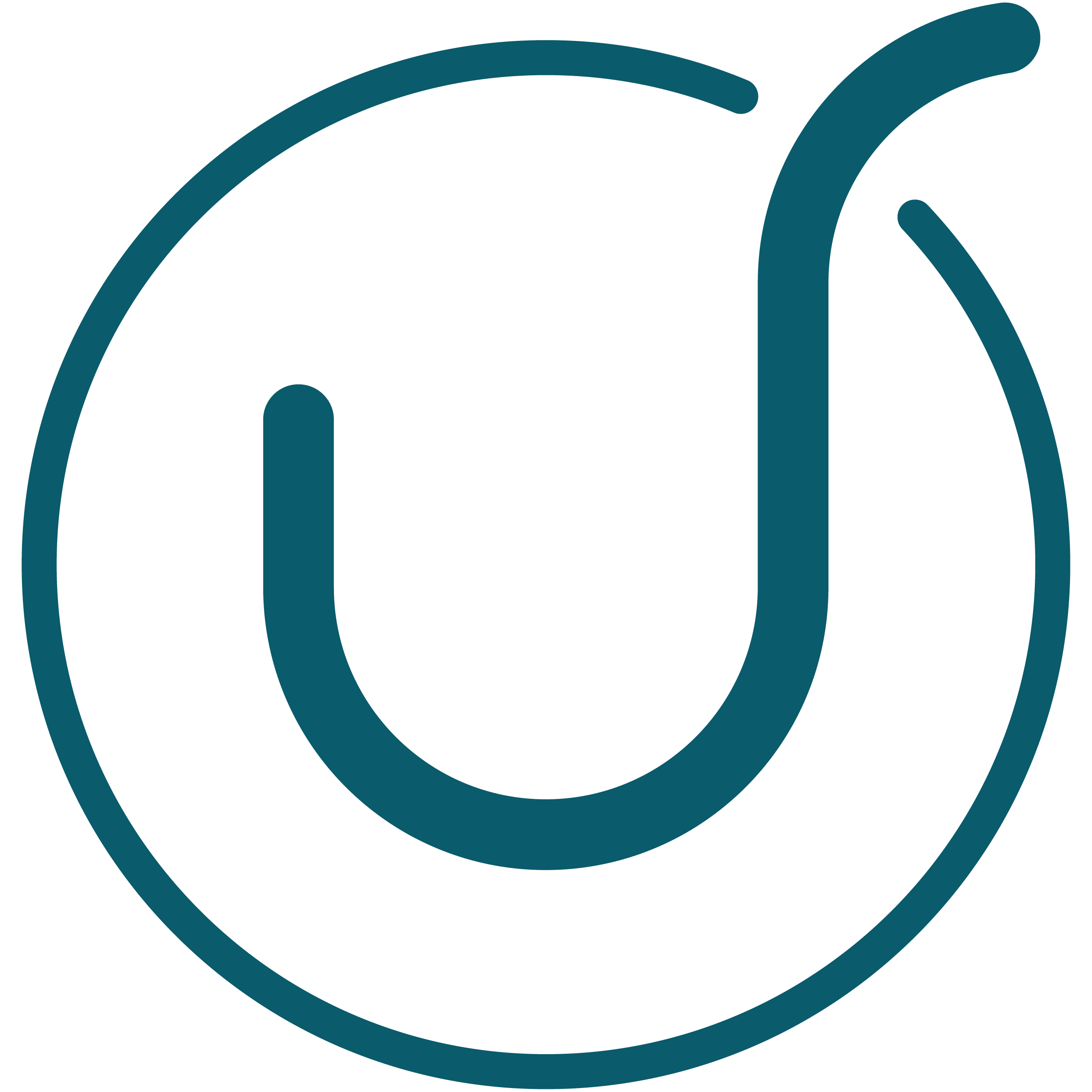
Make a change for the better: a four-step framework for creating new and improved habits
By Carolyn Quainton in Behaviour, Emotional Intelligence, Inspiration, Resilience
In our previous two blog posts we looked at the power of habits. We now understand why we’re creatures of habit and how habits can play a significant role in shaping organisational culture.
In both articles we looked at Charles Duhigg’s habit loop involving the cue, the routine and reward. A reminder below:

The above shows how the cue of an audible email notification on your phone leads to the routine of checking your emails and delivers the reward of being distracted (which is what you might be craving if you’re feeling a bit bored). The ‘craving’ part is crucial – if we can satisfy this craving in a different way, we can create a different habit.
It takes time and effort to reshape a habit, but with a bit of perseverance you’ll get there. Here’s a simple four-step framework that you can apply:
- Identify the routine
- Experiment with rewards
- Isolate the cue
- Have a plan
Identify the routine
This is the most obvious part to figure out. What is it that you’re doing? Do you pour yourself a large glass of wine every night when the kids have gone to bed? Do you pay a visit to the vending machine every afternoon and buy a chocolate bar? Do you watch just one more episode of your favourite Netflix show rather than going to bed at a sensible time?
Experiment with rewards
Rewards are powerful because they satisfy cravings. What’s making you pour the large glass of wine every night? The delicious taste of the wine? The feeling of relaxation that the alcohol evokes? Or does it create an opportunity for much-needed adult conversation with your partner?
Now that you’ve got a few hypotheses, experiment by trying out some alternatives that could satisfy the same cravings. If it’s all about the taste, is there something that you could consume as a substitute: freshly squeezed juice, a fruit smoothie or a top-quality tea? If it’s the relaxing feeling, could you take a bath with candles and music or do some yoga or meditation? If it’s the social interaction with your partner, how about cooking together or playing a game of cards?
Test out four or five different substitute activities to identify the reward that you are craving, and then make a note of how you feel. Set an alarm for fifteen minutes and when it goes off, ask yourself: Do you still feel the urge for the glass of wine? If the urge is still there, you need to try a different activity with a different reward.
Isolate the cue
This is the hardest part. It’s really hard to identify the cues that trigger our habits because there’s too much going on at once. But, there is help at hand. Experiments have shown that almost all habitual cues fit into one of five categories (location, time, emotional state, other people, immediately preceding action). Let’s look at how these might apply to our glass of wine habit…
- LOCATION (Where are you when you drink that glass of wine? In the kitchen)
- TIME (What time is it? 7:30pm)
- EMOTIONAL STATE (How are you feeling? Frazzled, shattered)
- OTHER PEOPLE (Who else is around? Partner)
- IMMEDIATELY PRECEDING ACTION (What happened right before? Put the kids to bed)
Try this out for several days in a row to see where there is consistency. After a while you’ll work out which element(s) never changes. Let’s say for example that it’s the action that happens right before – the task of getting the kids to bed is your cue to pour yourself that glass of wine. And you’ve learnt that what you’re really craving is to mentally unwind. You can now make a plan…
Have a plan
Write down what you’re going to do. This could be along the lines of: After I put the kids to bed, I’ll run myself a bath, light some candles and have a soak in the tub with a good book. Now give it a try. It won’t work every time and it will take time until it becomes a habit. But once it does become ingrained, it’ll happen without you even thinking about it. That’s the power of habits.
